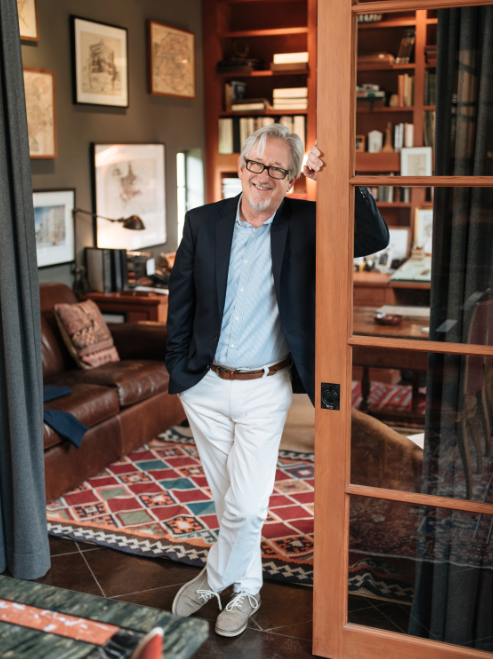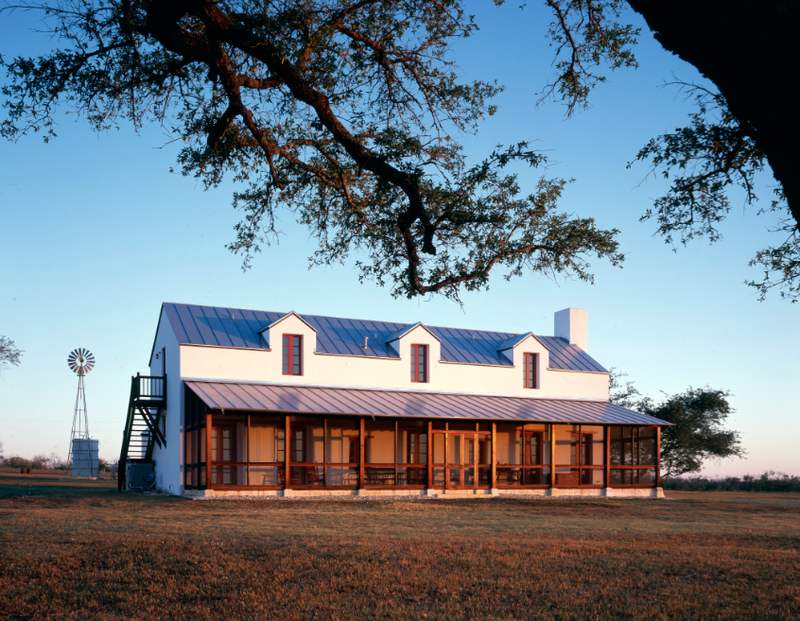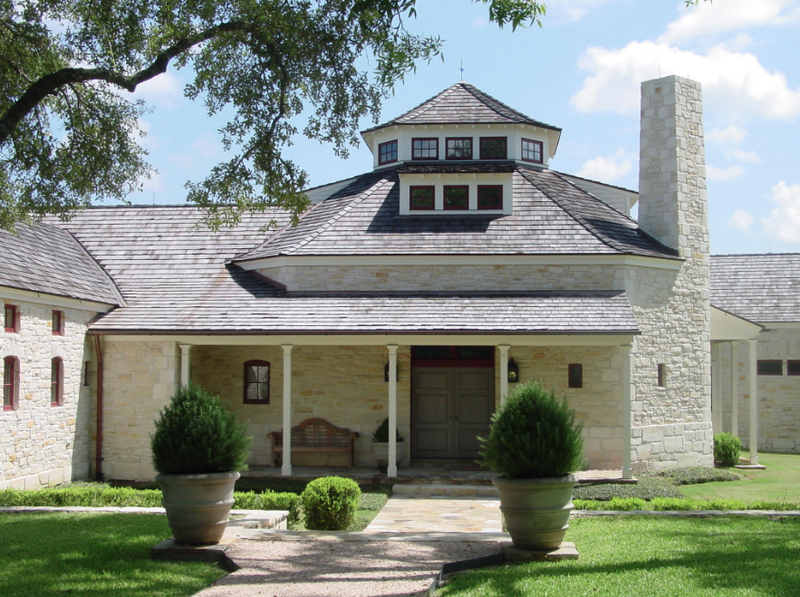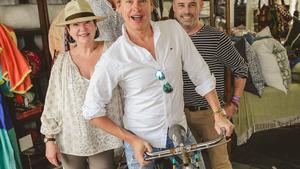Native Texan architect Michael G. Imber is celebrating two decades of his eponymous firm’s work. He discusses regional design trends (among them? Think—and act—local), what makes his neck of the woods, San Antonio, unique, and some of his favorite projects.

Walk us through your relationship with Texas and, more specifically, San Antonio. What is the design community like there?
Although I am originally a Texas native, after school I had moved to Washington, D.C., for a job with the venerable Allan Greenberg. The office afforded me the chance to work on some very gratifying projects. However, when we decided to have children, moving to Texas to be close to our families seemed to be the right thing. After reviewing our options, we chose San Antonio both for its architectural heritage as well as being a great place to raise a family.
 The design community reflects our diversity and strong sense of who we are, but still retains a supportive and collaborative atmosphere—another unique quality of our city.
The design community reflects our diversity and strong sense of who we are, but still retains a supportive and collaborative atmosphere—another unique quality of our city.
After moving here 27 years ago, work has taken me to many other places—now we even have a satellite office in San Francisco—but I consider San Antonio our home. San Antonio was founded in 1718, the same year as New Orleans, and is a very unique city with a rich cultural heritage. The new classification of the Missions as a World Heritage Site will further highlight some of the special features of our city. Mark Twain famously said, “There are only four unique cities in America: Boston, New Orleans, San Francisco and San Antonio.”
The design community reflects our diversity and strong sense of who we are, but still retains a supportive and collaborative atmosphere—another unique quality of our city.

What are some of the highlights of your firm’s last 20 years?
This year we are celebrating our 20-year anniversary, so it is certainly a relevant question as we look back at what we have accomplished as well as plan for what we want to achieve in the future. I think the best way to illustrate what we have accomplished is how excited we are about our current projects, evidence that our work speaks for itself and shows the scope and personality of who we are as a firm. We have had the opportunity to work in unique and varied places, from Germany, Scotland and Spain to exotic places like Mecca, the Bahamas and Costa Rica.
Wherever we work, we have been fortunate that our clients have allowed us to create beautifully crafted buildings that now belong to these unique locations.
 As current events have highlighted, weather is a major factor to consider across the state. Depending on where you are located, extreme heat, wind and hurricanes need to be considered. We are very concerned with sustainable design.
As current events have highlighted, weather is a major factor to consider across the state. Depending on where you are located, extreme heat, wind and hurricanes need to be considered. We are very concerned with sustainable design.
What are some of your favorite projects in Texas?
Recently, [author] Elizabeth Dowling and Rizzoli published our monograph Ranches, Villas and Houses, which features many of my favorite Texas projects. Two things we focus on are the continuum of design and the importance of place, both of which make Texas a great place to work because of the historical richness and diversity across the state.
My favorite projects seem to grow out of their location—something new, but seeming as if they could have always been there and will remain there for many generations to come. For ranch properties, we love to incorporate materials available on-site and to build with local craftsmen—furthering the connection of the building with the landscape.

What should uninitiated designers know about the design scene—prevalent aesthetics, current trends—in Texas?
One thing I would hope new designers would consider when designing in Texas is honoring and enriching our rich history—regardless of style—through design, execution and materials.
As current events have highlighted, weather is a major factor to consider across the state. Depending on where you are located, extreme heat, wind and hurricanes need to be considered. We are very concerned with sustainable design, but for us, this is not just a matter of using “green”-certified building materials but of designing and building in a way to withstand the test of time. During this recent coastal flooding, I was thrilled to hear how well our coastal houses fared, knowing that our team had put considerable effort into designing and building with extreme weather in mind.
Another current trend in Texas is coming out of the food scene: Build local. We believe if you are to build sustainably, this means involving the local community for craft and materials. This not only makes buildings meaningful, but it enriches our communities.





























